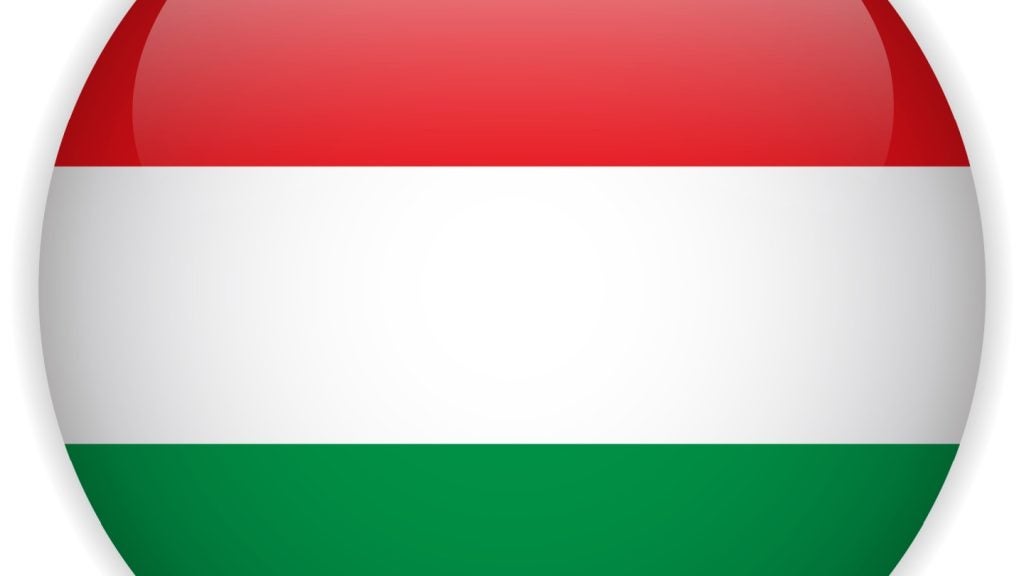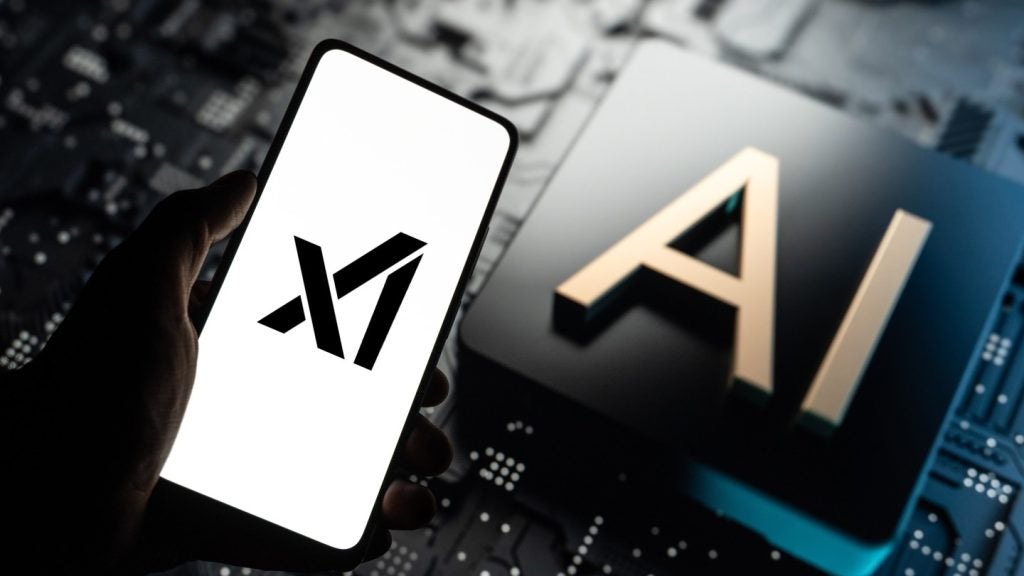The technology industry continues to be a hotbed of innovation, with activity driven by widespread adoption of Internet of Things (IoT) devices, increasing demand for real-time data insights, improved operational efficiency, and cost savings, and the growing importance of technologies such as data fusion algorithms, machine learning, and cloud computing for data processing and analysis. In the last three years alone, there have been over 3.6 million patents filed and granted in the technology industry, according to GlobalData’s report on Innovation in Internet of Things: Virtual sensor network. Buy the report here.
However, not all innovations are equal and nor do they follow a constant upward trend. Instead, their evolution takes the form of an S-shaped curve that reflects their typical lifecycle from early emergence to accelerating adoption, before finally stabilising and reaching maturity.
Identifying where a particular innovation is on this journey, especially those that are in the emerging and accelerating stages, is essential for understanding their current level of adoption and the likely future trajectory and impact they will have.
300+ innovations will shape the technology industry
According to GlobalData’s Technology Foresights, which plots the S-curve for the technology industry using innovation intensity models built on over 2.5 million patents, there are 300+ innovation areas that will shape the future of the industry.
Within the emerging innovation stage, environmental sensors, digital twins, and network-on-a-chip are disruptive technologies that are in the early stages of application and should be tracked closely. Intelligent embedded systems, smart factory systems, and smart grids are some of the accelerating innovation areas, where adoption has been steadily increasing. Among maturing innovation areas are contactless verification, wearable physiological monitors, and software defined wide area network, which are now well established in the industry.
Innovation S-curve for IoT in the technology industry

Virtual sensor network is a key innovation area in IoT
A Virtual Sensor Network (VSN) is a distributed system that employs virtual sensors to gather data from physical sensors for the purpose of monitoring and managing different environmental factors. Virtual sensors, which are software-based, utilise data obtained from physical sensors to generate virtual measurements, enabling the identification, tracking, and analysis of environmental changes.
GlobalData’s analysis also uncovers the companies at the forefront of each innovation area and assesses the potential reach and impact of their patenting activity across different applications and geographies. According to GlobalData, there are 150+ companies, spanning technology vendors, established technology companies, and up-and-coming start-ups engaged in the development and application of virtual sensor network.
Key players in virtual sensor network – a disruptive innovation in the technology industry
‘Application diversity’ measures the number of different applications identified for each relevant patent and broadly splits companies into either ‘niche’ or ‘diversified’ innovators.
‘Geographic reach’ refers to the number of different countries each relevant patent is registered in and reflects the breadth of geographic application intended, ranging from ‘global’ to ‘local’.
Patent volumes related to virtual sensor network
Source: GlobalData Patent Analytics
Strong Force IoT Portfolio 2016 is a leading patent filer in virtual sensor network. One of the company’s patents describes the system consisting of a crosspoint switch in the local data collection system with multiple inputs and outputs, including connections to the first and second sensors. The outputs can be switched between delivering signals from either sensor individually or delivering signals from both sensors simultaneously. Each input can be assigned to any output, and unassigned outputs are switched off to create a high-impedance state. The local data collection system utilises a neural net expert system for intelligent management of data collection bands.
Other prominent patent filers in the space include FedEx and Furukawa.
By geographic reach, TRAXENS leads the pack, followed by Ciambella and Groupe SEB. In terms of application diversity, Strong Force Iot Portfolio 2016 holds the top position, followed by Johnson & Johnson and SIPCO.
Virtual sensor networks are a form of IoT innovation that utilise software-based sensors to collect and analyse data from physical sensors. These networks enable efficient monitoring and control of various aspects of the environment, such as temperature, humidity, and air quality.
Virtual sensor networks are a form of IoT innovation that utilise software-based sensors to collect and analyse data from physical sensors. These networks enable efficient monitoring and control of various aspects of the environment, such as temperature, humidity, and air quality.
To further understand how IoT is disrupting the technology industry, access GlobalData’s latest thematic research report on Internet of Things – Thematic Research.
Data Insights
From

The gold standard of business intelligence.
Blending expert knowledge with cutting-edge technology, GlobalData’s unrivalled proprietary data will enable you to decode what’s happening in your market. You can make better informed decisions and gain a future-proof advantage over your competitors.







